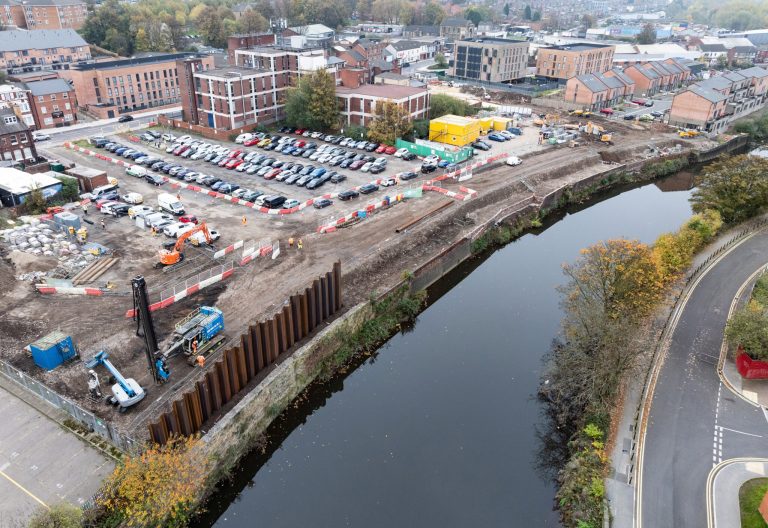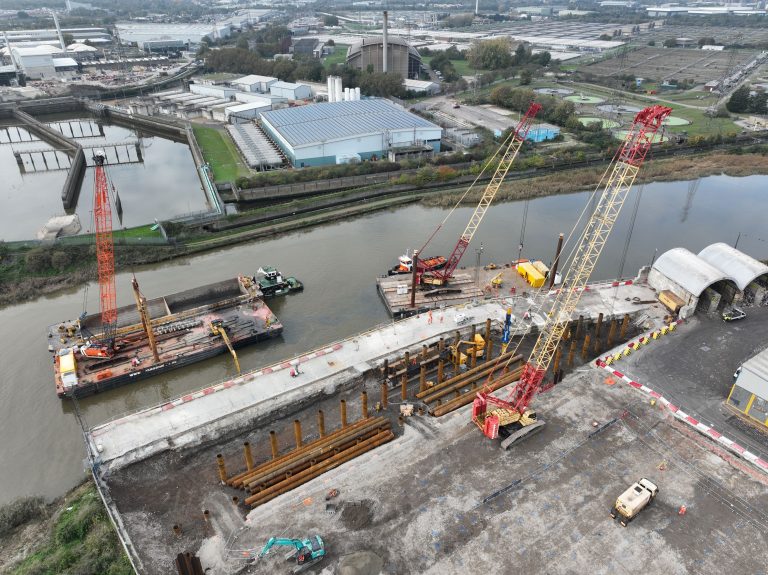Balfour Beatty Flannery, a partnership between Balfour Beatty and Flannery Plant Hire, has trained its 1,000th student at its Operator Skills Hub – showcasing its commitment to diversity and inclusion, transforming lives and bridging the construction skills gap. With over 250,000 additional workers needed in the construction industry by 2028, Balfour Beatty Flannery’s Operator Skills Hub is key in addressing the sector’s significant skills shortage and providing trainees with a direct path into employment – with an 80% job conversion rate, far exceeding the national average of 36%. Established in 2021 and supported by the UK Government’s Skills Bootcamp initiative,the Hub offers innovative training and apprenticeship schemes in plant operations. It aims to attract new talent to the sector while upskilling existing operators, with over 60% of graduates being made up of, or being, women (5%), young people (13%), the previously unemployed (27%), people with disabilities (12%), ex-offenders (4%), and veterans (5%). In addition, the purpose-built facility in Birmingham provides 200 supplementary courses for current plant operators to further upskill and prepare them for the modern-day, digitally enabled construction site. Balfour Beatty Flannery’s 1,000th student, Abigail Cleverley, achieved the nationally recognised accreditation through the Skills Bootcamp initiative to operate articulated dumper trucks and rollers. She has since secured a role at Balfour Beatty VINCI – HS2’s construction partner for the West Midlands. Talking about her experience, Abigail Cleverley, Operator Skills Hub Graduate, said: “Completing my training at the Operator Skills Hub has been an incredible experience. The hands-on approach and state-of-the-art equipment gave me the confidence and skills I need to succeed in this industry now and in the future. “Thanks to the training, I’ve not only gained a nationally recognised qualification but also secured a role with Balfour Beatty VINCI on HS2 – one of the most exciting infrastructure projects in the UK. I can’t wait to be part of such a transformative scheme and to contribute to building the UK’s future infrastructure.” Abigail received her certificate from Andy Ormerod, Managing Director of Balfour Beatty’s Asset & Technology Solutions and Patrick Flannery, Managing Director of Flannery Plant Hire. Discussing the Operator Skills Hub, Andy, said: “I’m incredibly proud of the work we’re doing here in partnership with Flannery. Together, we’re opening doors to meaningful careers for people from all backgrounds—many of whom might never have seen construction and infrastructure as an exciting career path until they joined us. “As we look ahead to the future, we’re committed to continuing our work to close the industry’s skills gap, creating a diverse and inclusive culture in our sector and providing a skilled and resilient workforce that can deliver for the UK in the future.” Patrick, said: “The Operator Skills Hub has allowed us to provide an opportunity to both new entrants into the industry and those existing plant operators looking to upskill through our Skills Bootcamp in Plant Operations. “Along with a diverse array of learners from career changers to veterans we have engaged with over 50 employers to secure meaningful and sustainable employment benefiting the wider industry”. With dedicated training sites across the UK, like the Operators Skills Hub and its Overhead Line Training Facility, as well as numerous apprenticeships and placements programmes, Balfour Beatty continues to upskill the next generation of skilled workers. Watch the highlights from the day and hear from those involved in our video showcasing the milestone achievement here. Building, Design & Construction Magazine | The Choice of Industry Professionals














